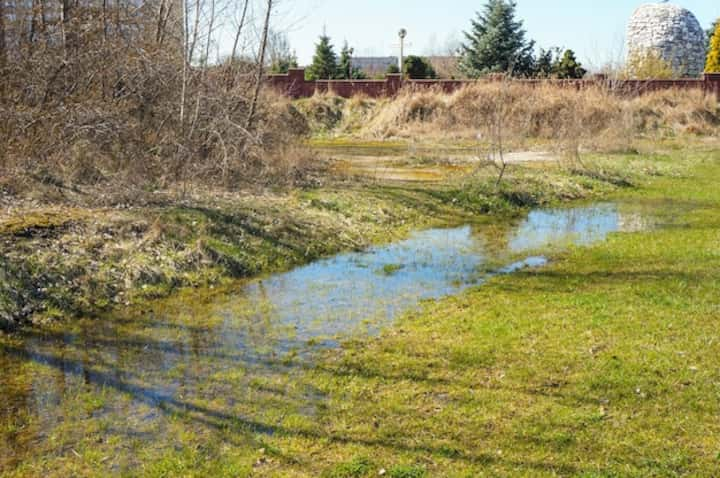
Expert Sewer Line Repair Company Costs and Root Removal Options
Sewer line issues can be a significant concern for homeowners and businesses alike, often resulting in inconvenient and costly repairs. Understanding the costs associated with professional sewer line repair services and the options available for root removal can help in managing these challenges effectively. This article delves into the financial aspects of sewer line repairs and explores various root removal methods, providing comprehensive insights into what one can expect when dealing with sewer line complications.
Understanding Sewer Line Repair Costs
Factors Influencing Repair Costs
The cost of sewer line repairs can vary substantially based on several factors. Key considerations include:
- Extent of Damage: Minor repairs such as patching or relining may cost less than extensive replacements or overhauls.
- Location: The geographical location can affect labor costs and the availability of materials.
- Method of Repair: Traditional trenching methods might be less costly than advanced trenchless technologies but can involve more disruption.
- Accessibility: Easily accessible lines are typically less expensive to repair than those located in hard-to-reach areas.
- Permits and Regulations: Local regulations and the need for permits can add to the overall expense.
To gain a more detailed understanding of these factors and how they impact costs, read more about this topic.
Average Costs
While costs can vary widely, here are some average figures to provide a rough estimate:
- Basic Repairs: For minor repairs, homeowners might expect to spend anywhere from $1,000 to $4,000.
- Trenchless Repairs: These can range from $4,000 to $15,000 depending on the technique used.
- Full Replacement: A complete sewer line replacement can cost $7,000 to $25,000 or more.
For a more comprehensive breakdown of costs, learn more in this detailed guide.
Root Removal Options
Common Root Intrusion Problems
Tree roots are one of the most common causes of sewer line blockages. As roots grow, they can penetrate sewer lines, causing blockages, leaks, or even breaks. Identifying and addressing root intrusion is crucial for maintaining sewer line integrity.
Methods of Root Removal
Several methods are available to address root intrusion in sewer lines:
- Mechanical Augers: These devices cut through roots, clearing blockages effectively. However, they may not prevent future growth.
- Chemical Root Killers: These solutions kill roots within the pipes. While effective, they require careful use to avoid environmental harm.
- Hydro Jetting: A powerful water jet can remove roots and other debris, providing a thorough cleaning of the sewer line.
- Pipe Relining: Installing a liner within the existing pipe can prevent future root intrusion by sealing off entry points.
To explore further insights on root removal methods and their effectiveness, explore further insights here.
Preventative Measures
Preventing root intrusion from occurring in the first place can save significant time and money. Consider the following strategies:
- Choosing Plant Locations Wisely: Avoid planting trees or shrubs near sewer lines.
- Regular Maintenance: Schedule regular inspections to detect and address issues before they become severe.
- Installing Root Barriers: These barriers can prevent roots from reaching sewer lines.
Find additional information on preventive measures and their benefits here.
Conclusion
Sewer line repairs and root removal are critical aspects of maintaining the functionality and safety of a property’s plumbing system. By understanding the costs involved and exploring the various options for root removal, property owners can make informed decisions to address and prevent sewer line issues effectively. For those seeking more detailed guidance, numerous resources provide further insights into managing sewer line challenges.